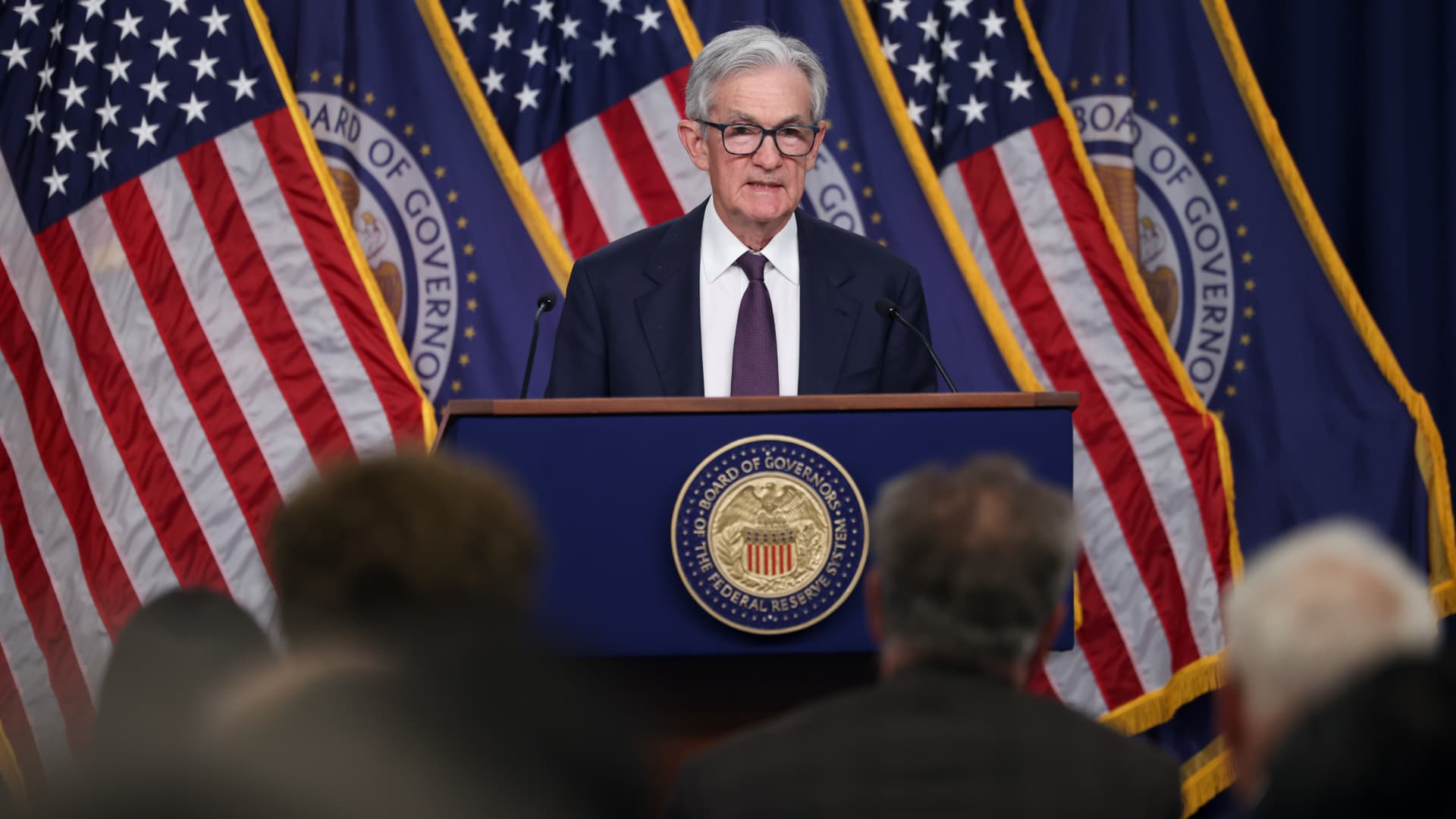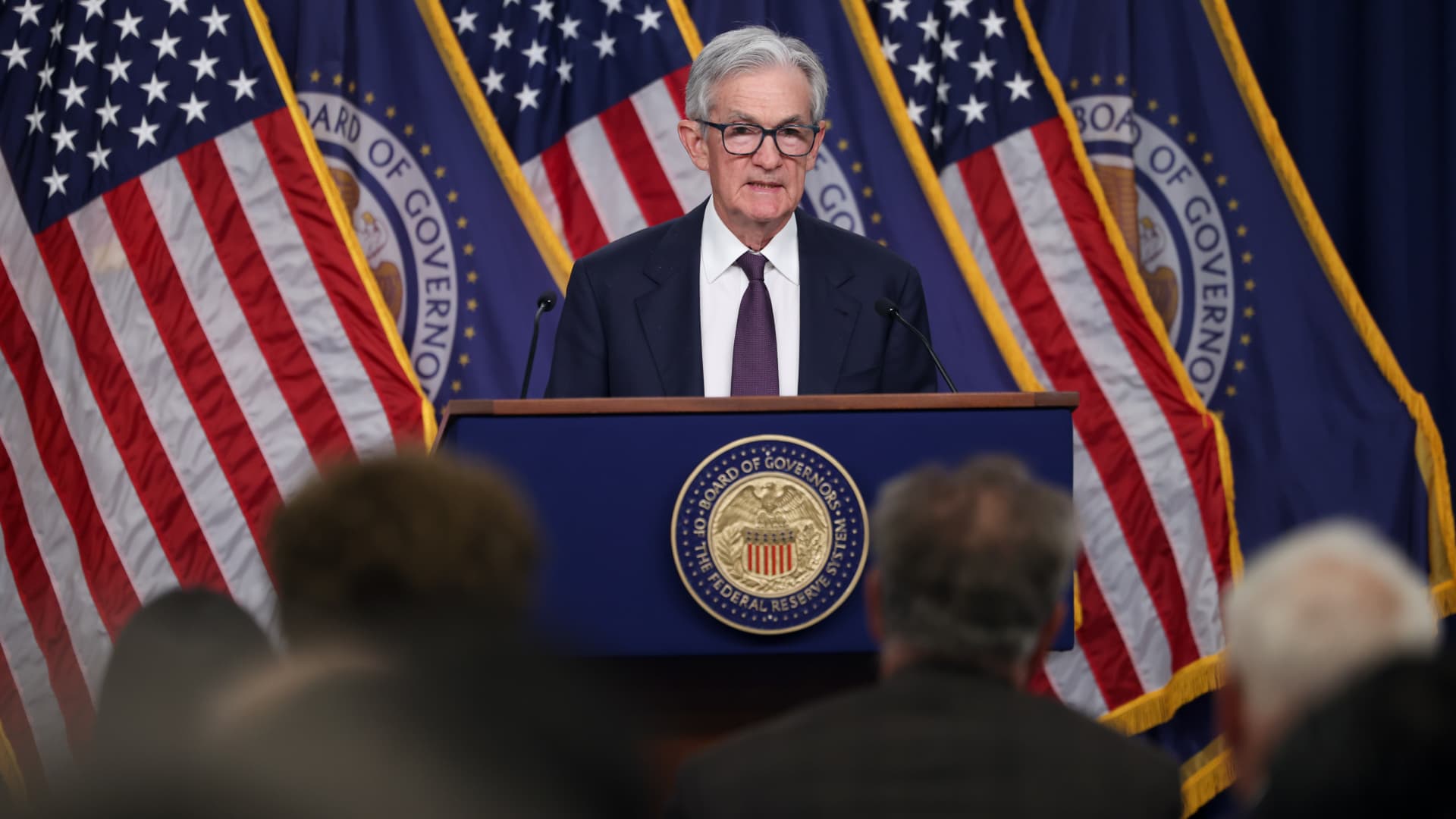The Federal Reserve’s June 2024 Meeting: A Deep Dive
A Steady Hand in Turbulent Times
The Federal Reserve’s June 2024 meeting concluded with a familiar refrain: interest rates would remain unchanged, staying within a target range of 4.25% to 4.50%. This decision, the fourth consecutive hold, was widely anticipated by investors, reflecting a consensus that the Fed would maintain its pause. However, the true significance of this meeting lies not in the decision itself, but in the signals it sent regarding future monetary policy. The Fed’s actions and communications offered a glimpse into its strategic thinking amidst a complex economic landscape.
The Art of the Hold: Why the Fed Chose to Pause
The Fed’s decision to hold rates steady was not made in a vacuum. It was a response to a delicate balance of political pressures, economic data, and external uncertainties. Despite calls for rate cuts from former President Trump, the Fed remained steadfast in its commitment to data-driven decision-making. This independence is crucial for maintaining the Fed’s credibility and effectiveness in achieving its dual mandate of price stability and full employment.
The economic climate played a significant role in the Fed’s decision. While inflation has shown signs of cooling, it remains above the Fed’s 2% target. The Fed is walking a fine line, seeking to avoid both the risks of premature easing, which could reignite inflation, and the dangers of over-tightening, which could stifle economic growth. This cautious approach is evident in the Fed’s emphasis on the need for further data before committing to any changes in monetary policy.
The Dot Plot: A Roadmap for the Future
While the unchanged interest rates grabbed the headlines, the real story of the meeting was the Fed’s updated economic projections, particularly the “dot plot.” This visual representation of individual Federal Open Market Committee (FOMC) members’ forecasts for future interest rates offered valuable insights into the Fed’s thinking.
The dot plot suggested that the FOMC would maintain its earlier outlook for two rate cuts later in the year. However, the timing and extent of these potential cuts remain contingent on economic data, particularly inflation and employment figures. This data-dependent approach underscores the Fed’s commitment to a flexible and responsive monetary policy.
Navigating the Fog: Inflation, Geopolitics, and Economic Uncertainty
The Fed’s cautious stance is a response to the persistent uncertainty surrounding the economic outlook. Inflation, while moderating, remains a concern. The Fed is committed to achieving its 2% inflation target and is wary of prematurely easing monetary policy. Additionally, rising geopolitical tensions, particularly in the Middle East, are contributing to volatility in oil prices, which can exacerbate inflationary pressures.
The overall economic outlook is described as “cloudy,” with mixed signals regarding economic growth. The Fed is carefully monitoring economic data to assess the strength of the labor market and the pace of economic activity. This data-dependent approach allows the Fed to respond to changing economic conditions and adjust its policy accordingly.
Powell’s Press Conference: A Message of Patience
Following the FOMC meeting, Fed Chair Jerome Powell delivered a press conference, providing further clarity on the Fed’s thinking and its outlook for the future. Powell’s remarks emphasized the Fed’s preference for patience and a data-dependent approach, signaling that the central bank is in “no hurry” to cut rates. This message reinforced the Fed’s commitment to maintaining price stability and ensuring a sustainable economic recovery.
Powell’s press conference served as a crucial communication channel, allowing the Fed to manage market expectations and provide context for its policy decisions. The tone and details of Powell’s remarks will continue to influence market sentiment in the coming weeks.
Market Reaction and the Road Ahead
The market’s reaction to the Fed’s decision and Powell’s remarks was relatively muted, suggesting that the outcome was largely priced in. However, the details of the economic projections and the tone of Powell’s press conference will continue to influence market sentiment. The focus now shifts to upcoming economic data releases, particularly inflation and employment reports. These reports will provide crucial insights into the state of the economy and will inform the Fed’s future policy decisions.
The next key event on the calendar is the Fed’s September meeting, where the possibility of a rate cut will be reassessed. The Fed’s approach remains one of careful observation and measured response, navigating a complex economic landscape with a commitment to both price stability and sustainable economic growth.
Conclusion: Steering Through Uncertainty
The June 2024 Federal Reserve meeting highlighted the central bank’s commitment to a cautious and data-dependent approach to monetary policy. By maintaining the status quo on interest rates and providing valuable signals regarding its future intentions, the Fed demonstrated its dedication to achieving its 2% inflation target and promoting sustainable economic growth.
The meeting underscored the delicate balancing act the Fed faces – navigating political pressures, geopolitical risks, and economic uncertainties while striving to achieve its dual mandate. The coming months will be critical in determining whether the Fed can successfully navigate these challenges and steer the economy towards a sustainable and prosperous future. The Fed’s actions and communications will continue to be scrutinized by investors, analysts, and policymakers alike, as they seek to understand the central bank’s thinking and its implications for the economy.












